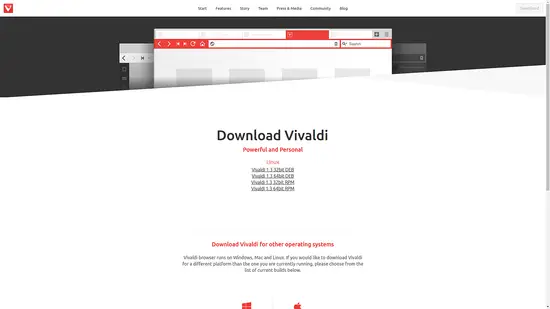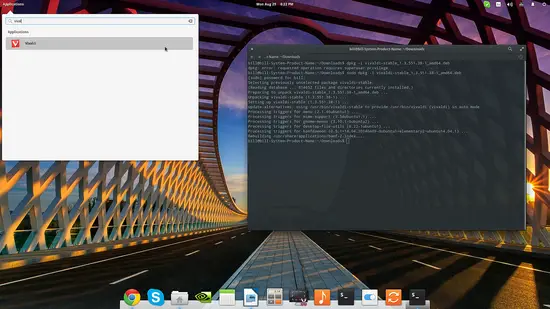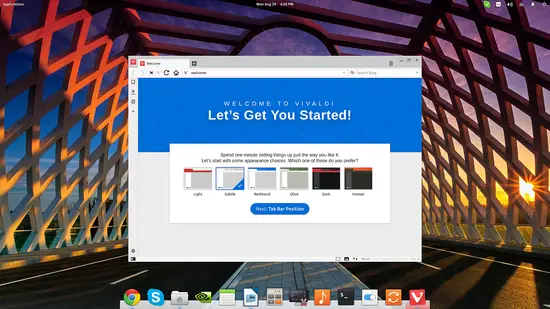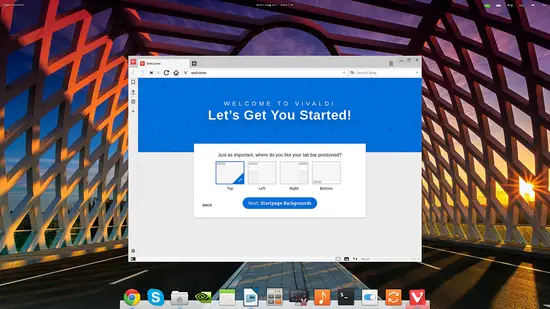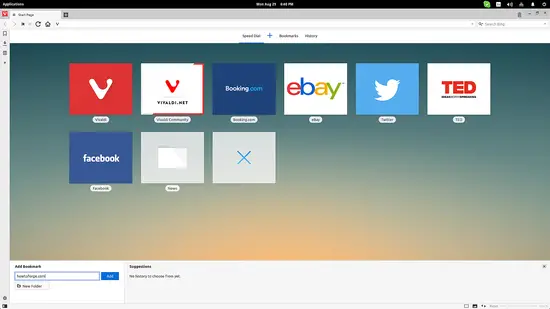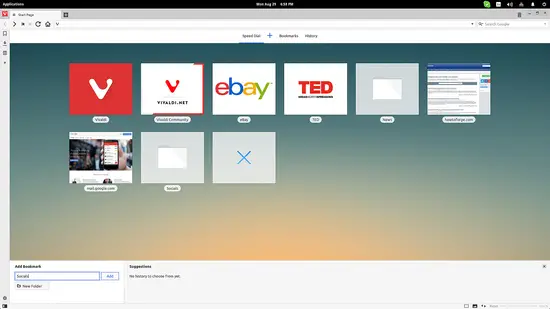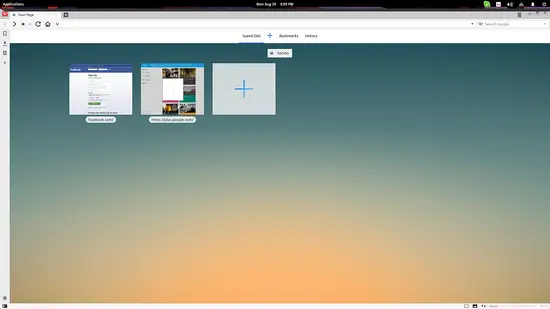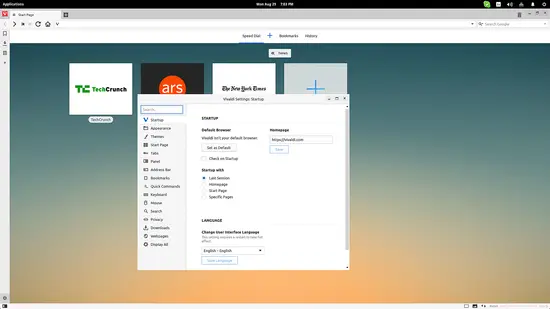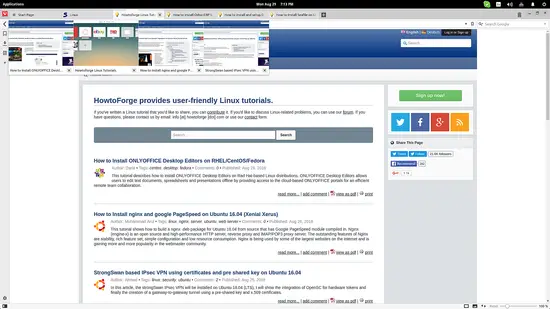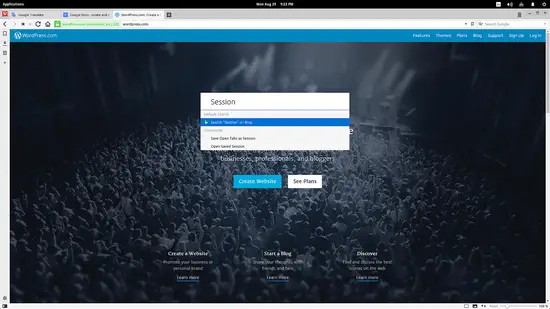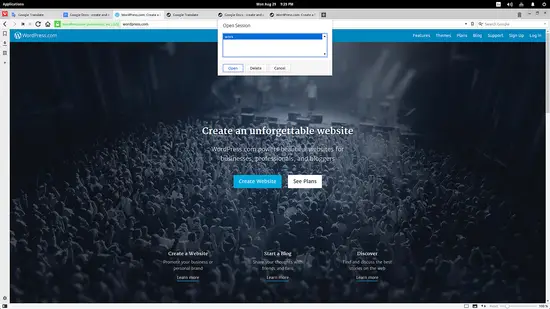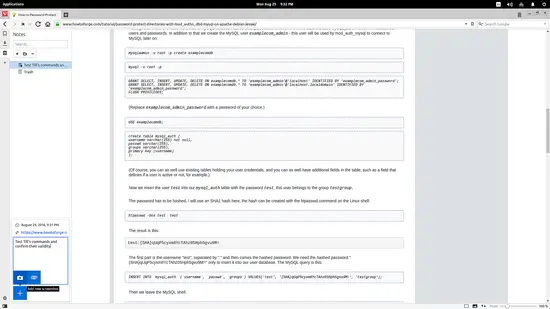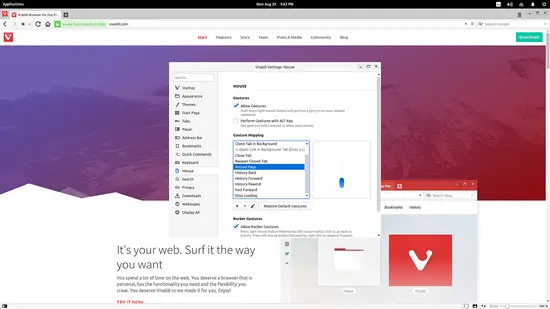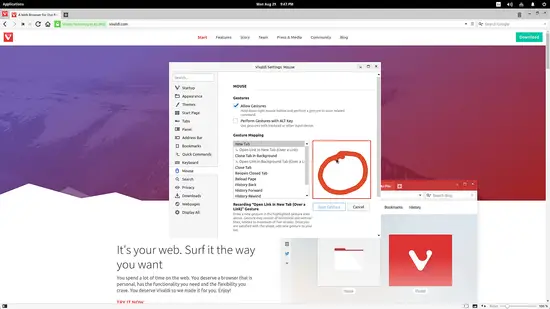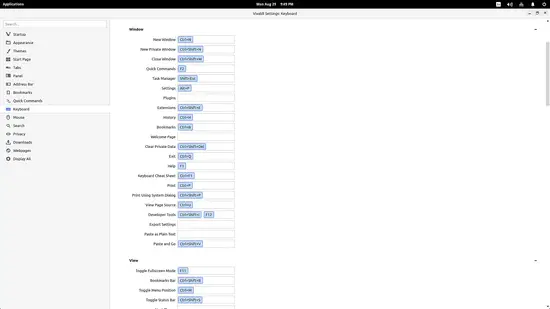An Introduction to Vivaldi Browser on Linux
Vivaldi is a new browser that was initially released only about seven months ago and has gained very high popularity since then. The software is of freeware type with many open-source components, and it was created by former Opera employees who wanted to express their opposition to the direction that Opera browser was heading to. As the browser has just reached version number 1.3, I believe it is a good time for us to take a look on this new browser and prepare a quick guide focused on the usability sector.
Get and Install Vivaldi
You most probably won't find Vivaldi in your distribution's repositories, so head on to Vivaldi's official website and hit that download button. This will take you to the package selection webpage where you may choose the architecture and package type.
After the package download is completed, open a new terminal onto the download location and type:
sudo dpkg -i vivaldi-stable_1.3.551.38-1_amd64
followed by enter. This will install Vivaldi in your system.
Configuration
Vivaldi greets the user by offering a set of aesthetic choices as well as usability options. First, we choose the theme, then the tabs position, and then the background picture which can also be a custom one.
From there, we are free to add or remove speed dial items as we wish, contrary to the automatic dynamic speed dial allocation that is locked for the user in the Chrome's case.
Care to take this one step further? You can also organize your speed dials into folders and have everything into place. You may create a new folder by pressing that plus button like adding a new speed dial, and then hit that “New Folder” button.
If you want to dive deeper into the realms of Vivaldi's advanced configuration settings, locate that little gear button on the bottom left and you'll get a new window with comprehensive categorized settings. Alternatively, press Vivaldi's icon on the top left and select “Tools → Settings”. Keep that in mind for the mouse gestures that we will look into later on.
The Tabs
You have probably already noticed from the initial settings that Vivaldi's tabs can be placed anywhere, and you also may have noticed that the tabs offer a small preview at mouse hover. Here's another thing with Vivaldi tabs though they are groupable. Simply drag and drop one onto another, and tab groups will be automatically created, relieving you from having to deal with high tab number messes.
And then there is something called “Sessions” that can come very handy to the people who need to work with a standard set of tabs. For example, let's suppose that I am using Google Translate, Google Docs, and Wordpress together for my work. To create a “Session”, open the tabs that you want and hit “F2” which calls the “quick commands” functionality. There, type session and you'll get the option to “save open tabs as new session”.
In the same way, you may open a saved session by revoking the quick commands and choosing the “open saved session” option and then selecting your session of choice.
The same can be done through the file menu which can be accessed if you press that red Vivaldi icon on the top left, but quick commands is a cooler and maybe more convenient way I think.
Note Taking
It is often the case when we're browsing that we want to take a note. For this, we can either use a text editor, a note taking desktop app, an online note taking app, or a real pen and paper. In Vivaldi, we have an incorporated note taking utility which can be accessed through the left side panel at any time, being right below the bookmarks and downloads, or be invoked through the quick commands (F2) and by typing “note” in the box.
Mouse Gestures
Finally, the mouse gestures and keyboard shortcuts are the cherry topping of Vivaldi's delicious usability cake. Open up the “Settings” menu and select the “Mouse” tab to see what's already there and add your own.
To change a gesture, select it, press the “Edit gesture” button right next to the plus-minus sign buttons, then draw the gesture in the box area on the right that must be inside a red context now, and finally hit the “Save Gesture” button and you're done.
Checking out and editing the keyboard shortcuts is equally simple. Just select the “Keyboard” tab on the settings and check out the shortcuts as they are categorized in four different sections. Most of these are the same as in Chrome, so maybe you won't need to change much.
Conclusion
There are more “unique” features like the side-by-side browsing and the tab hibernation, but I selected to present what I found to be the most important for the daily use of the power user. Speaking of whom, they are the obvious target market of this new browser. If Vivaldi userbase continues to grow, it will be until it finds its place in all power-user computers, and that includes almost every Linux user right? That is not to say that Vivaldi will become the defacto choice for every Linux user, but it is definitely a great addition to the already large browser selection galore that is available to us. I believe that Vivaldi stands out for its high levels of usability that mainly stems from its quick commands, tab management, and mouse gestures. Have fun checking Vivaldi yourself, and let us know how it went in the comments.

